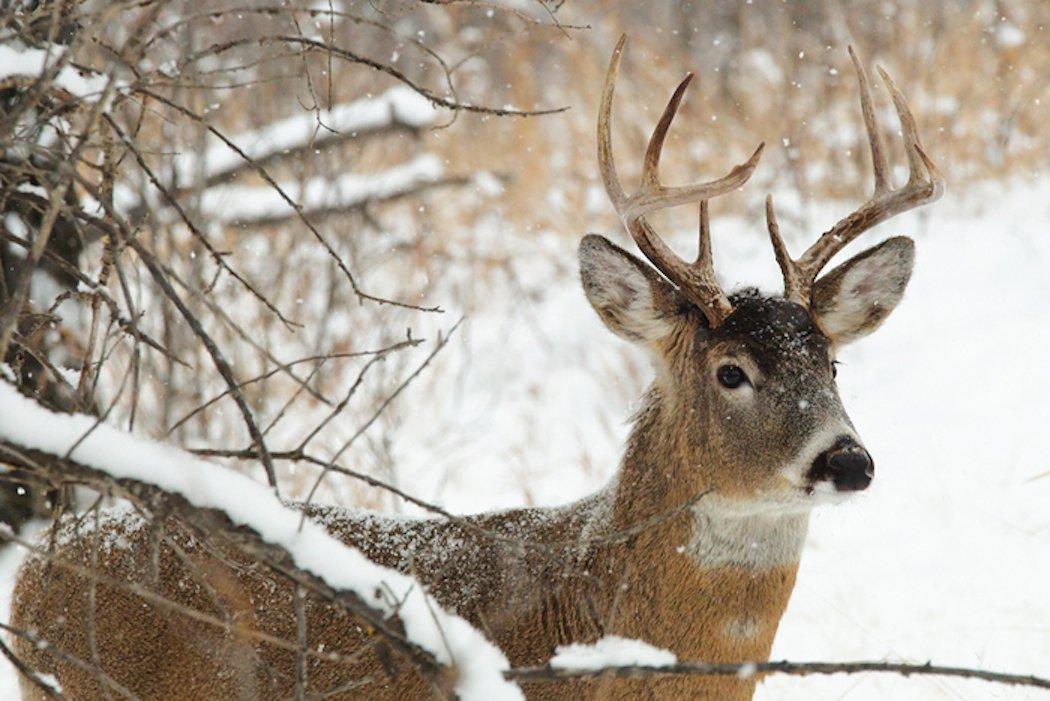TAP INTO ITS VULNERABILITIES
Deer are always changing. They constantly change food sources, travel patterns, and other general behaviors. As hunters, we have to change our patterns in order to continue seeing—and hopefully killing—the deer we hunt. These are five different things that make bucks vulnerable during the late season.
1. FOOD
The late season is all about food. Think about how you hunted bucks during the month of October. Your main tactic: Take advantage of its belly. Now in the late season, revert back to tactics used during the early season and pre-rut. Food is king. Treat it so.
2. PREDICTABILITY
Bucks are predictable during the early season. The same is true for most of the late season. Bucks shift back to old habits and travel routes. Find the food. Find the preferred bedding area. Connect the dots. Hunt accordingly.
3. DOES AND DOE FAWNS
The secondary rut takes place in the early part of December. Does that didn't breed in November will cycle through again 28 days later in early-to-mid December. Mature bucks know this and actively seek them out.
Doe fawns also are on their radar. Not many doe fawns will breed. But in areas where food is plentiful—such as the Midwest—as many as 50 percent of them will breed. It's all about weight. As long as the fawn reaches a certain weight, it'll breed.
4. LIMITEDNESS
Deer have been pressured all season. Hunters have bumped deer from woodlot to the next, from one farm to the next, and all the way back again. Mature bucks are hunkering down in places they haven't felt that pressure yet. Most areas of the country don't have many places that don't get pressured. Finding such an area—even if it's just an acre or two—can mean the difference.
5. SOUTH-FACING SLOPES
When it gets really cold, deer bed on south- and east-facing slopes. These receive the first rays of sunlight of a morning. Whitetails, mature bucks included, take advantage of that. And you should take advantage of this weakness while they do.







